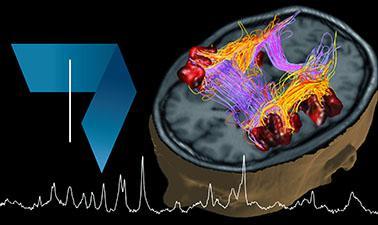MOOC List is learner-supported. When you buy through links on our site, we may earn an affiliate commission.

MOOC List is learner-supported. When you buy through links on our site, we may earn an affiliate commission.
This course will focus on magnetic resonance imaging, also known as an MRI. In the first part of the course, the dynamic of spins in a magnetic field is described, leading to the essential notions of magnetic resonance (MR), excitation and relaxation. We will also discuss the basic mechanisms of image reconstruction, MR spectroscopy and functional MRI.
You will learn how existing physical principles transcend into bio-imaging and establish an important link into life sciences, illustrating the contributions physics can make to life sciences. Practical examples will be shown to illustrate the respective imaging modality, its use, premise and limitations, and biological safety will be touched upon.
During this course, you will develop a good understanding of the mechanisms leading to tissue contrast of the bio-imaging modalities covered in this course, including the inner workings of the scanner and how they define the range of possible biomedical applications. You will be able to judge which imaging modality is adequate for specific life science needs and to understand the limits and promises of each modality.
What you'll learn:
- Understand the essential principles of operation of magnetic resonance (MRI).
- Differentiate the imaging modalities, describe their fundamental promises and limitations.
- Deduce which imaging technique is appropriate for a given situation.
- Describe/analyze typical applications.
Course Syllabus
1. Introduction to biological magnetic resonance (MR) - Boltzmann distribution, from spins to magnetization
2. Excitation of spins, Relaxation, the Basis of MR contrast (The Bloch Equations)
3. MR spectroscopy
4. From Fourier to image: principles of MR image formation, k-space - echo formation
5. Basic MRI contrast mechanisms, BOLD fMRI, contrast agents
6. Advanced contrast mechanisms & overview of imaging modalities
Prerequisites
It is recommended to have followed Biomedical Imaging: Ultrasounds, X-ray, positron emission tomography (PET) and applications. It is also recommended to have followed introductory physics at the Bachelor level and to be familiar with the concept of Fourier transformation.
MOOC List is learner-supported. When you buy through links on our site, we may earn an affiliate commission.
MOOC List is learner-supported. When you buy through links on our site, we may earn an affiliate commission.
